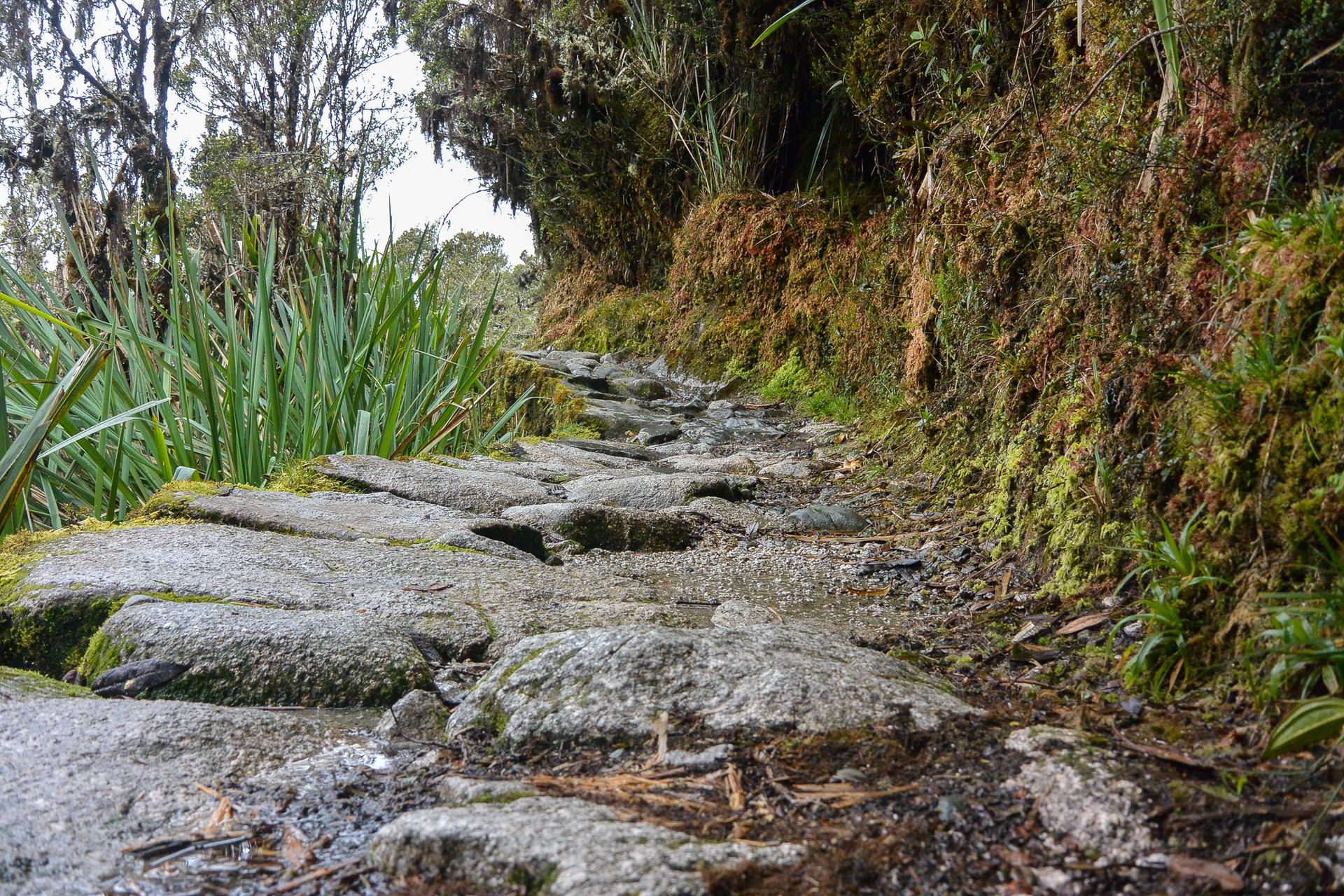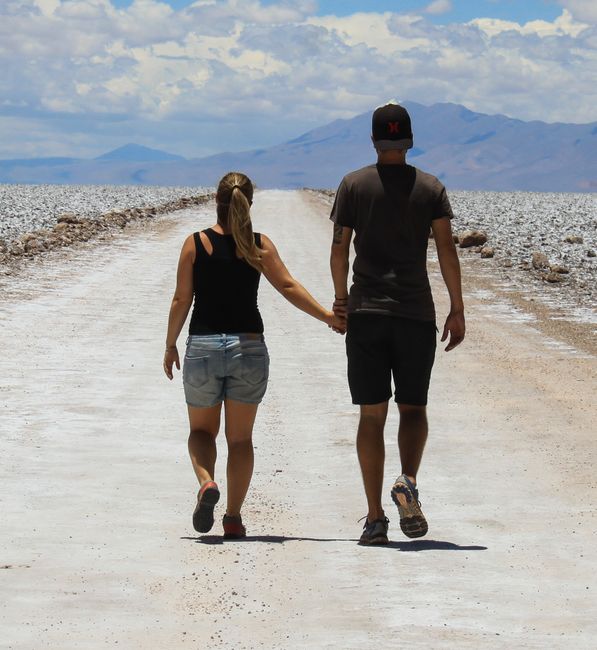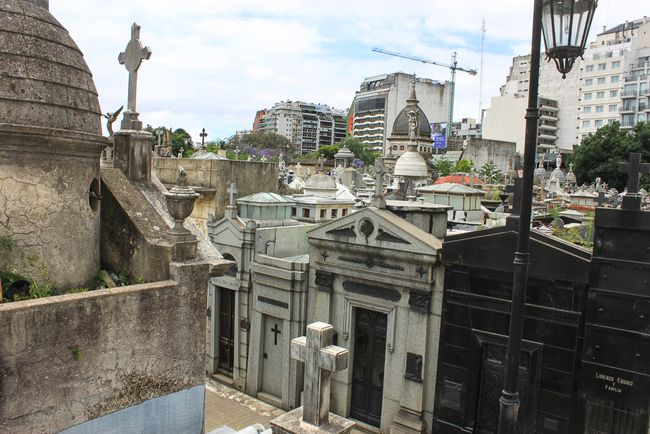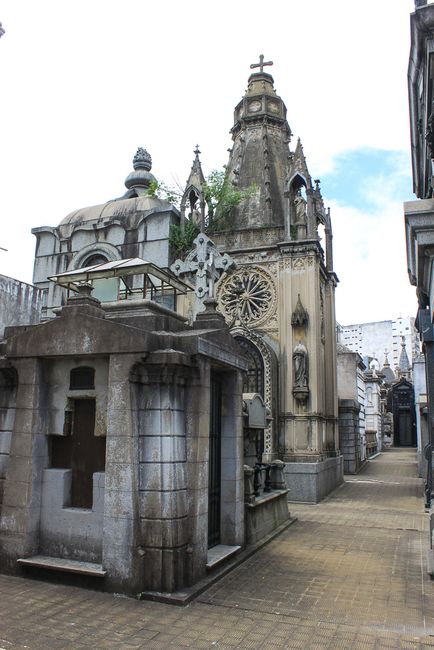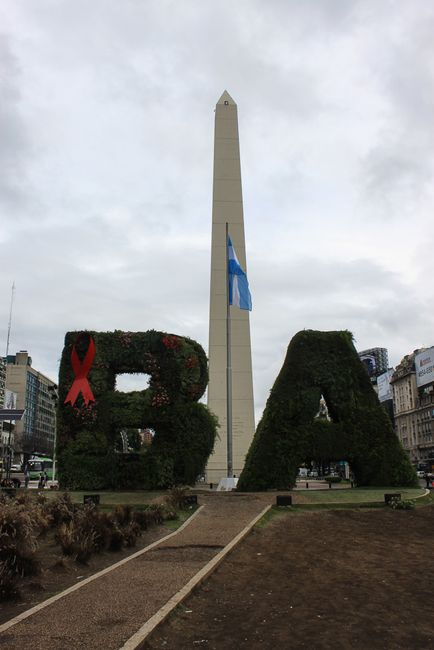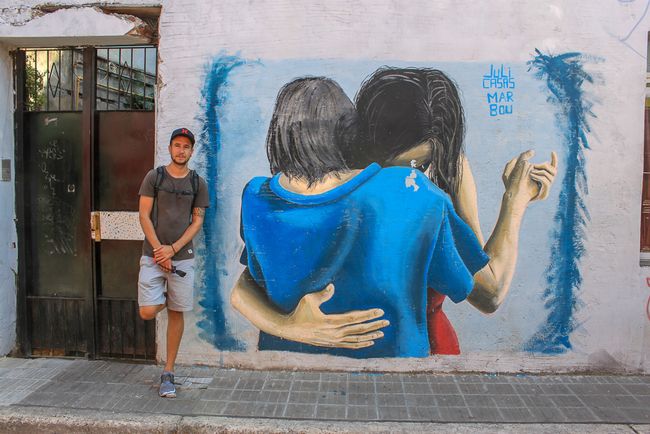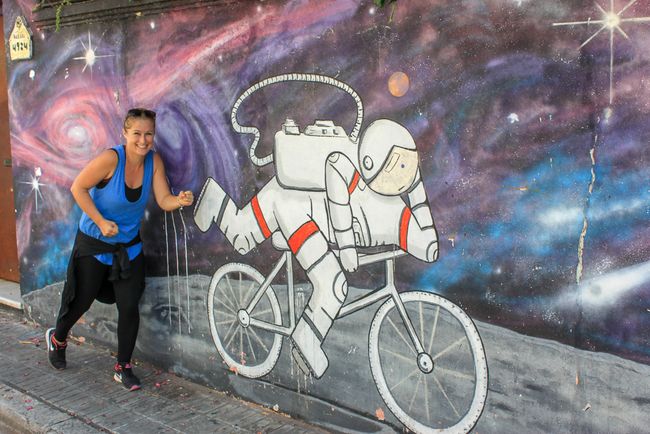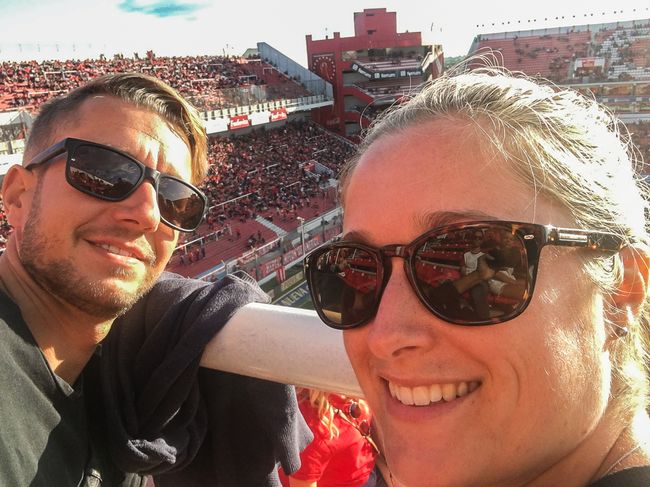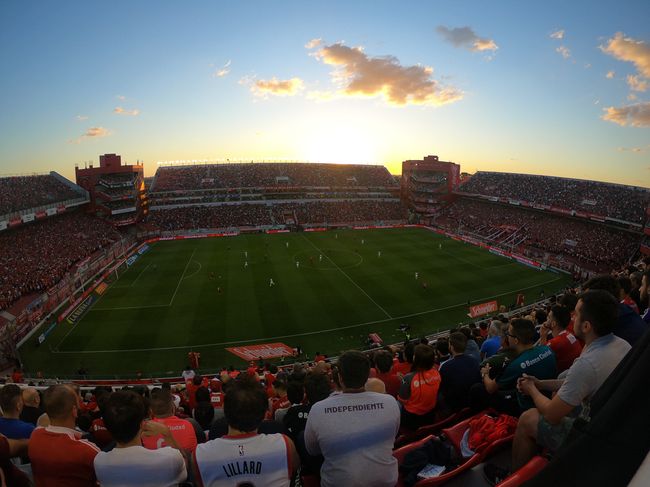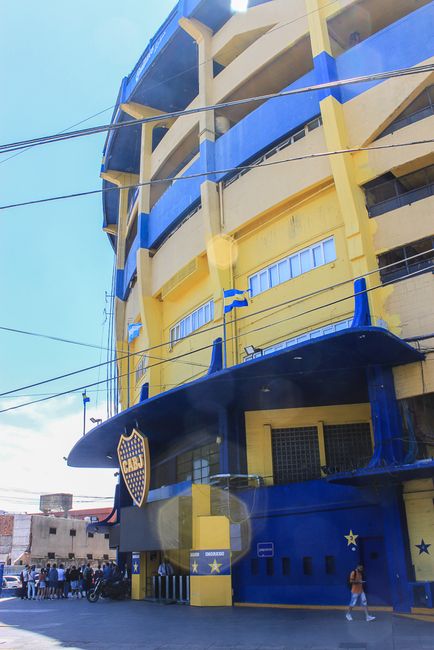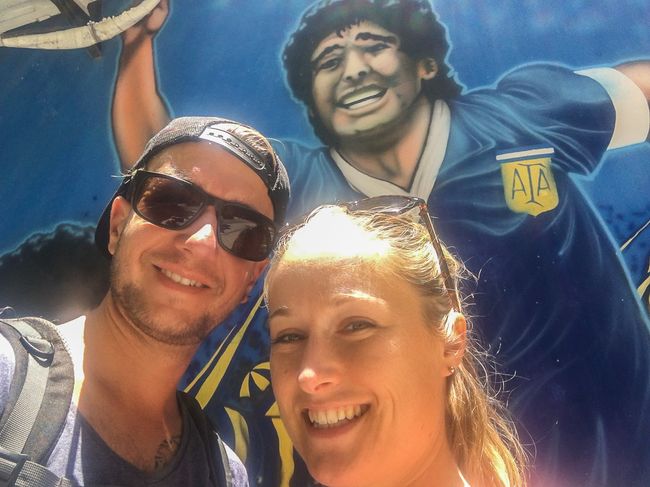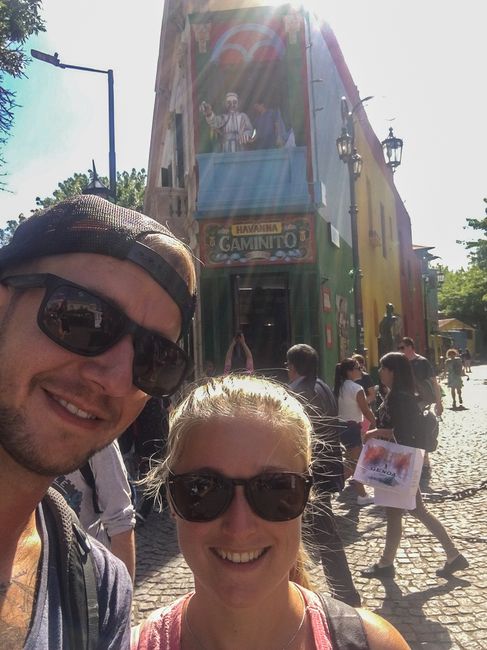Welcome to Buenos Aires
Nai-publish: 07.12.2018
Mag-subscribe sa Newsletter
After 6 months and 3 days, we have reached our second big goal and landed on the South American continent. After about 12 hours of flight and a 16-hour time difference, we arrived in Buenos Aires in the afternoon at 4 o'clock, on the same day we left Auckland at 8 pm. The flight was quite entertaining due to the Air New Zealand entertainment program - nevertheless, it was a pretty long day, which we would still feel for a while.
Buenos Aires is a good destination for us to slowly get used to South America. The city is very multicultural and you can feel a lot of European influences. We will stay here for over a week in total before we should move on and explore the city and its very different neighborhoods. We would like to share some impressions with you:
Safety
First, we would like to address a general topic - because on the internet you read a lot of stories about robberies in South America and big cities in general. We had absolutely no problems here. Of course, we are cautious, take care of our valuables, and don't walk around deserted backyards at night - but we move around freely and unrestricted and have no problems with that. Neither at night in the streets, nor in crowds at a market or at a football game did we have a bad experience. Due to the G20 summit, which took place right after our arrival, there were security forces on every street corner. At first, it was unusual and a bit annoying because many streets in the center were closed and we had to take detours, but on the whole, it didn't bother us much. Even after the G20 summit, the police are omnipresent here, and we always felt safe.
The different neighborhoods
There are some very well-known and beautiful neighborhoods. Palermo is certainly one of the newest and most modern. Here you will find plenty of bars, cafes, and parks. We visited a guided graffiti tour here, where the guide takes a large group of tourists through the streets to the most interesting street artworks. Even without a tour, you quickly realize: Graffiti here is not something illegal or undesirable, but effective (and sometimes paid) art. Many alleys are real exhibitions and create a colorful cityscape.
In the neighboring Recoleta, in addition to large parks that attract many athletic city dwellers, there is also the famous cemetery where local (political) celebrities find their final rest. A cemetery as an attraction may be somewhat thought-provoking, but this one is definitely worth seeing. The grave sites that are built here for entire families are enormous. Only those corners that seem to have been neglected for years and whose windows are smashed and conquered by cobwebs are creepy.
In Microcentro, there is the main street with the Obelisk and the most important buildings all around. It has everything here, from government buildings to theaters and museums. Due to the G20, there was a lot of blockades here for a long time, and one evening we walked through the car-free streets and it felt a bit like a ghost town.
Right next to it is Puerto Madero. The harbor district is also relatively modern and attracts with many restaurants and an upgraded promenade. Even here, during the high-security time, there was relatively little going on.
In San Telmo, we spent most of our time in the city in a hostel. From here, you can quickly walk to the city center or to Boca below. The highlight here is certainly the market on Sundays. There are mainly antiques, but also a bunch of souvenirs, jewelry, or clothing - the market is endless and worth a visit. The market hall is open all week and offers some culinary delights.
Boca is in many ways a different world compared to the neighborhoods described briefly so far. As a working-class neighborhood, it does not have the best reputation (also in terms of safety) - but visiting during the day is absolutely no problem. The buildings here are simpler, older, and sometimes run-down. It's full of tourists and souvenir hunters, and if you keep an eye on your stuff, you won't have any problems here. Coming from the north, the first thing you will come across is the Boca Juniors stadium - the Bombonera. From a distance, you can see the blue and yellow building standing out from the neighborhood, and from here, everything is blue and yellow. The restaurants, shops, museums, and many other walls and street artworks are dedicated to the club and its legends (including the famous Diego Armando Maradona). It's easy to guess: Football means EVERYTHING here. Unfortunately, we have all seen in the headlines worldwide in recent weeks - the people here are fanatical in the truest sense of the word when it comes to their colors. In addition to living for football, Boca is bustling with street artists, probably also artists of life, tourists, and souvenir sellers. The cafes in the colorful alleyways around Caminito invite you to linger, and if you like people-watching, this is the place to be.
Fútbol es vida
Football is a very important part of life here, and of course, we didn't miss the opportunity to attend a match. The hostel offered organized tours, so we could avoid security issues or ticket fraud. Even Seraina decided to join in on the experience - even though football doesn't mean much to her. For security reasons, only the home team's fans are allowed in the stadium, so we watched the game against the rival Boca Juniors with around 55,000 red-clad fans of Club Athletico Independiente at the Estadio Libertadores de America. So we are now forcibly C.A.I. fans - there is no other option. Unfortunately, "our" team lost 0-1. To notice a goal from an away team in a stadium full of home fans, you have to follow the game very attentively. The mood was briefly at its lowest point - but of course, the culprit was quickly found in the person of the referee. He tentatively made up for his mistake when he sent off a player from Boca Juniors - but it didn't help. A home goal would have definitely sent the stadium rocking - even the roaring against the referee caused the stands to vibrate. So we had to make the journey home in the midst of disappointed C.A.I. fans - of course, it was still an experience for us.
Food and Drink
Finally, to conclude this post, we would like to make you a little hungry. We are delighted! After a lot of rice in Southeast Asia, little culinary culture in Australia, and some rather uninspired meals in the South Pacific, we have finally arrived in the realm of meat. All vegetarians or vegans: Please stop reading! See you soon... And everyone else: Go to Argentina! 300 grams of Bife de Lomo, 850 grams of Baby Beef, Milanese, Empenadas with minced meat, a plate with cheese and ham - it's just a dream. And thanks to the current economic situation in Argentina, it is currently very cheap for us. In August, you could get about 20 Argentine Pesos for 1 CHF - today you get almost 40 Pesos for one Swiss Franc. And you also have to drink something: Quilmes and Patagonia, as well as plenty of craft beers, make the beer soul rejoice - and let's not even start on the wine.
But enough raving. As you can tell, we really like it here. Nevertheless, we are leaving Buenos Aires today and taking the night bus to the north, to the border with Brazil and Paraguay, to visit the Iguazu Falls.
Mag-subscribe sa Newsletter
Sagot
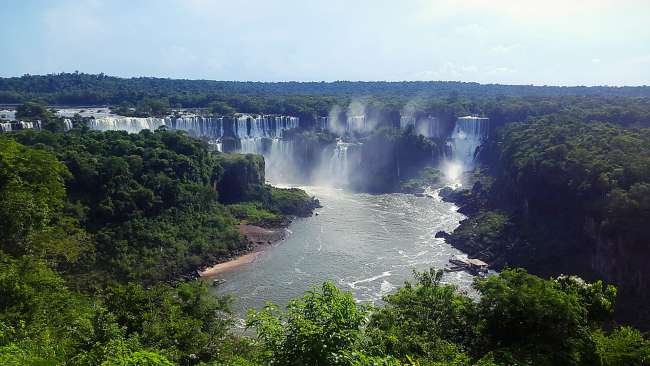
Mga ulat sa paglalakbay Argentina
